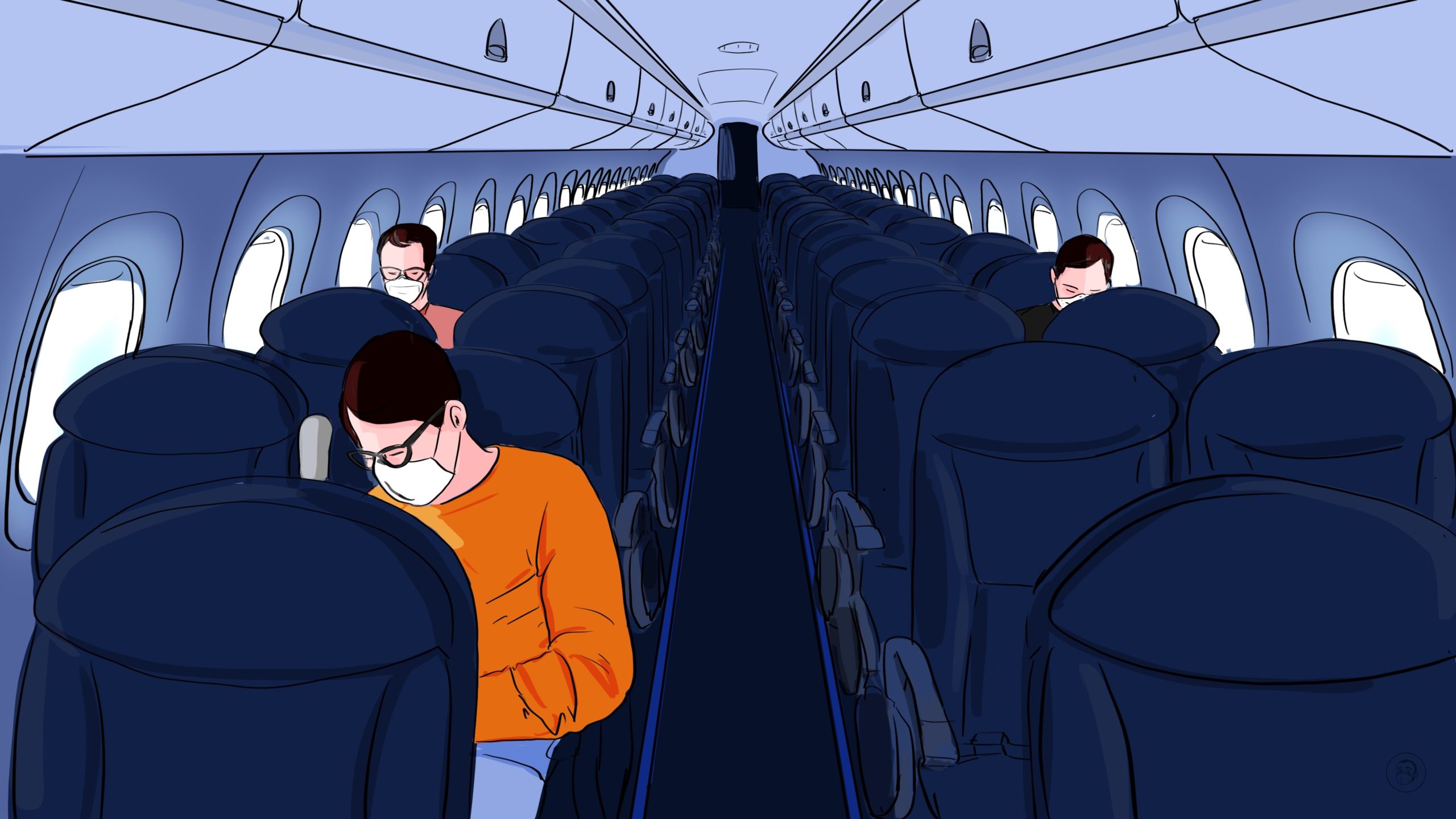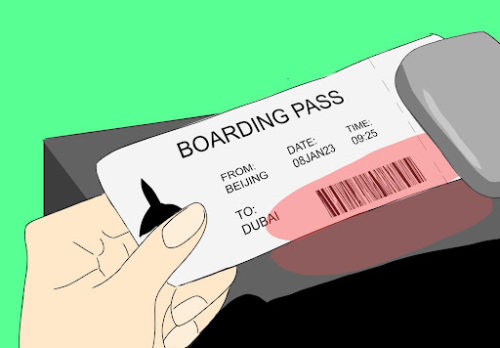China’s battered airlines are still losing billions, but there may be some hope next year
Summer flight bookings are up and travel restrictions have been reduced, but China’s airlines are getting ready for the full recovery yet to come.

On Saturday, Sòng Zhìyǒng 宋志勇, the newly appointed director of the Civil Aviation Administration of China (CAAC), provided a frank assessment of the plight of China’s airlines, and just how much they have been ravaged by COVID.
- Before the pandemic, China’s civil aviation industry had been profitable for 11 consecutive years, with profits of 54.9 billion yuan ($8.19 billion) in 2019. But since then, the industry has suffered cumulative losses of nearly 300 billion yuan ($44.80 billion).
- During the first half of the year, the daily number of flights nationwide dropped to 2,967 flights at the lowest level in March, which was only 17.8% of the lowest level of 2019.
- Total industry revenue in the first half of the year was only 307.2 billion yuan ($45.87 billion), a decrease of 41.8% from before the pandemic, while fuel costs increased by 22.2 billion yuan ($3.31 billion) compared with the same period last year. Song expects fuel costs to increase by a further 86 billion yuan ($12.84 billion) this year.
Yet with the arrival of the summer holiday season, some hope has sprung for China’s embattled airlines. The three largest domestic airlines, China Eastern Airlines 中国东方航空, China Southern Airlines 中国南方航空, and Air China 中国国际航空, have all recently resumed a number of domestic and international routes to increase capacity for the summer tourism season, with new routes opening up to Cambodia and Thailand. The ratio of domestic to international flight routes currently stands at 202:1, however, compared with 8:1 before the pandemic.
So far this month, the aviation industry is clutching at a few new revenue strands:
- On July 3, the aviation industry attained a psychological milestone when the total number of passenger flights in China exceeded 10,000 (10,266) for the first time since March this year.
- On July 5, domestic airlines increased the fuel surcharge by a record-high 200 yuan ($30) per passenger for flights of more than 800 kilometers (497 miles), and 100 yuan ($15) per passenger for flights of less than 800 kilometers.
- From July 2, domestic airlines have resumed regular round-trip flights between Beijing and Shanghai, and increased flights between these two cities and tourist destinations like Xinjiang, Inner Mongolia, and Hainan Island. China Eastern Airlines, for example, is undertaking daily flights from Shanghai to Sanya in Hainan and reporting occupancy rates of 95%.
- From the start of July, China’s three largest airlines have announced the restarting of more than 50 international flight routes, and they are currently in negotiations to add more international routes.
China’s airlines themselves are taking an auspicious view: On July 1, China’s three largest domestic airlines placed an order of 240 billion yuan ($32.75 billion) with Airbus for 292 A320 NEO aircraft. While the deal was undoubtedly made now — before the recovery of the global aviation industry — to take advantage of lower prices, the large purchase of new aircraft is a clear indication of the airlines’ expectations of the recovery of the aviation industry in the near future.
China news, weekly.
Sign up for The China Project’s weekly newsletter, our free roundup of the most important China stories.
The context
While outlining the bleak situation of China’s airlines on Saturday, CAAC director Song Zhiyong stated that the “circuit breaker” policy, looming over China’s domestic airlines, will be strictly enforced in the second half of the year, but that it will be optimized and adjusted.
The circuit breaker policy requires all passengers arriving in China to be tested for COVID, and positive tests incur mandatory suspensions of the flight route (one week for less than five cases, four weeks for more than 10 positive cases). The policy came into force in June 2020. Circuit breakers are still occurring frequently:
- Last week, the CAAC announced that a Hainan Airlines 海南航空 flight from Rome to Chongqing that arrived on June 24 returned five positive cases, resulting in a one-week ban, and a China Eastern Airlines flight from Toronto to Hangzhou returned 10 positive cases, resulting in a four-week ban.
On June 28, the National Health Commission announced that the length of time required for travelers to quarantine at centralized locations will be cut from 14 days to 7 days (along with 3 days of monitoring at home). On the same day, domestic travel agency Ctrip 携程 reported that bookings for inter-provincial air travel from July 1 to August 31 had increased by nearly 200% from the previous month.
While commercial aviation is slowly emerging from a comatose state, domestic airlines have increased their investment in general (excluding commercial and military) aviation.
- While commercial flights were at a very low ebb in the first half of the year, general aviation flights are actually increasing: In May, for example, the domestic aviation industry in total completed 361,000 flight hours, a year-on-year decrease of 62.7%, but general aviation accounted for 127,000 hours, a year-on-year increase of 8.3%.
- In early June, the CAAC issued a general aviation development plan for the 14th Five-ear Plan focusing on governance and safety.
- Last month, the CAAC announced that it is building a “safe, smart, efficient, and green” aviation logistics system, including supporting services, to reduce the costs of aviation logistics for high-end manufacturing, cross-border ecommerce and express delivery, and other industries.
- In early July, the CAAC deepened its cooperation with Huawei 华为 with a new agreement to jointly develop “smart aviation” by means of digital transformation, 5G, artificial intelligence (AI), and big data.
The takeaway
The recovery of China’s civil aviation industry is finally in sight, but it won’t be happening this summer.


